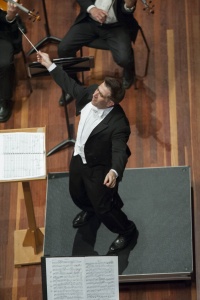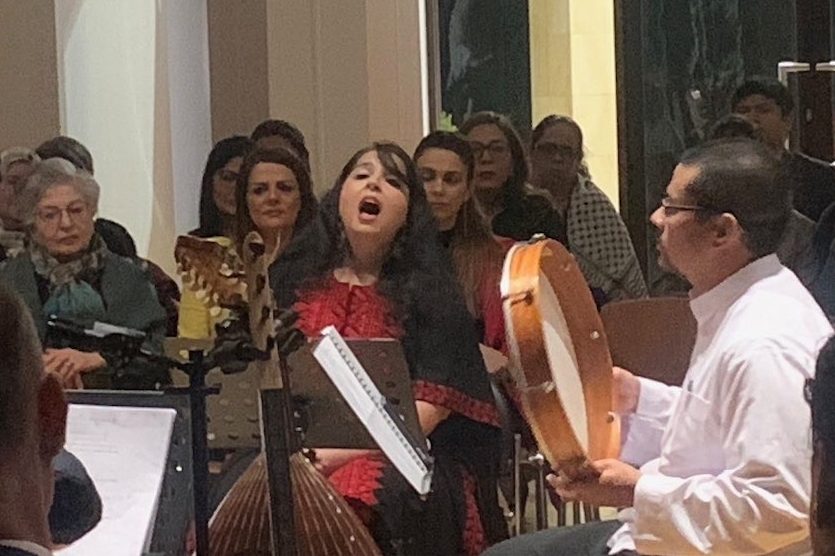THE Canberra Symphony Orchestra surely must be ranked as one of the nation’s best. This concert, under the exuberant baton of chief conductor Nicholas Milton, was musicianship at its very finest. In a program of works unashamedly from the melodious romantic period of music, this was a concert full of subtle nuances in phrasing, expression and tempi, with the orchestra responding beautifully to Milton’s every demand.
It is arguable that Carl Maria von Weber, a contemporary of Beethoven, kicked off the romantic period with his opera “Der Freischutz” (“The Marksman”), first performed in 1821, five years before his death. The Overture starts with the softest of whispers and, typically, gives a snapshot of what is to come in the opera itself. So it’s full of different moods from scary and dark to light and fluffy. There are myriad tempi, volumes and timings from a full roar to the barest of whimpers. The orchestra gave the piece every colour of the musical rainbow holding the audience breathless from start to finish.
Then came Johannes Brahms, probably the patriarchal composer of the romantic period. His music is flawlessly melodic in every mood. It’s almost like an endless spring, full of blossoms and sunshine, just with an occasional storm. His double concerto in A minor is a glorious work and we were privileged to have the German cellist, Wolfgang Emanuel Schmidt and his violinist wife, Indira Koch, to play with the orchestra in their only Australian appearance.
For all its spring, blossoms and sunshine, this concerto is an extremely demanding work for the soloists, requiring impeccable teamwork and communication, not only between themselves, but also with the conductor. Schmidt and Koch more than delivered on those expectations, giving an enthralling performance, backed by an orchestra totally attuned to conductor and soloists alike.
The second movement, marked Andante (at a walking pace) is especially beautiful. Although I thought Milton took it perhaps a tad slow, it never dragged and he had it under the very best control, with the soloists giving it quite tearjerking treatment.
After several curtain calls, Schmidt and Koch rewarded the audience with an encore of a Passacaglia by the Norwegian composer, Johan Halvorsen. It was a set of variations on a theme, again requiring a very close connection between the musicians. They played it beautifully.
The second half of the program was given over the Symphony No 7 in D minor, by the Czech composer, Antonín Dvo?ák, who was very much a contemporary of Brahms. In fact, it was Brahms who helped Dvo?ák’s career as a composer take off. Dvo?ák is better known for his 9th symphony, subtitled “From the New World”, but, like Brahms’ music, Dvo?ák’s 7th is romantic to its bootstraps.
It was here that the orchestra really came into its own. Every nuance, every subtlety in Milton’s interpretation, from an accented note here to a gentle pause there, to a tiny change in tempo in a single bar, was reflected in the orchestra’s playing. It was nothing short of magnificent and a truly exciting end to this thoroughly engaging and entertaining concert.
Who can be trusted?
In a world of spin and confusion, there’s never been a more important time to support independent journalism in Canberra.
If you trust our work online and want to enforce the power of independent voices, I invite you to make a small contribution.
Every dollar of support is invested back into our journalism to help keep citynews.com.au strong and free.
Thank you,
Ian Meikle, editor





Leave a Reply